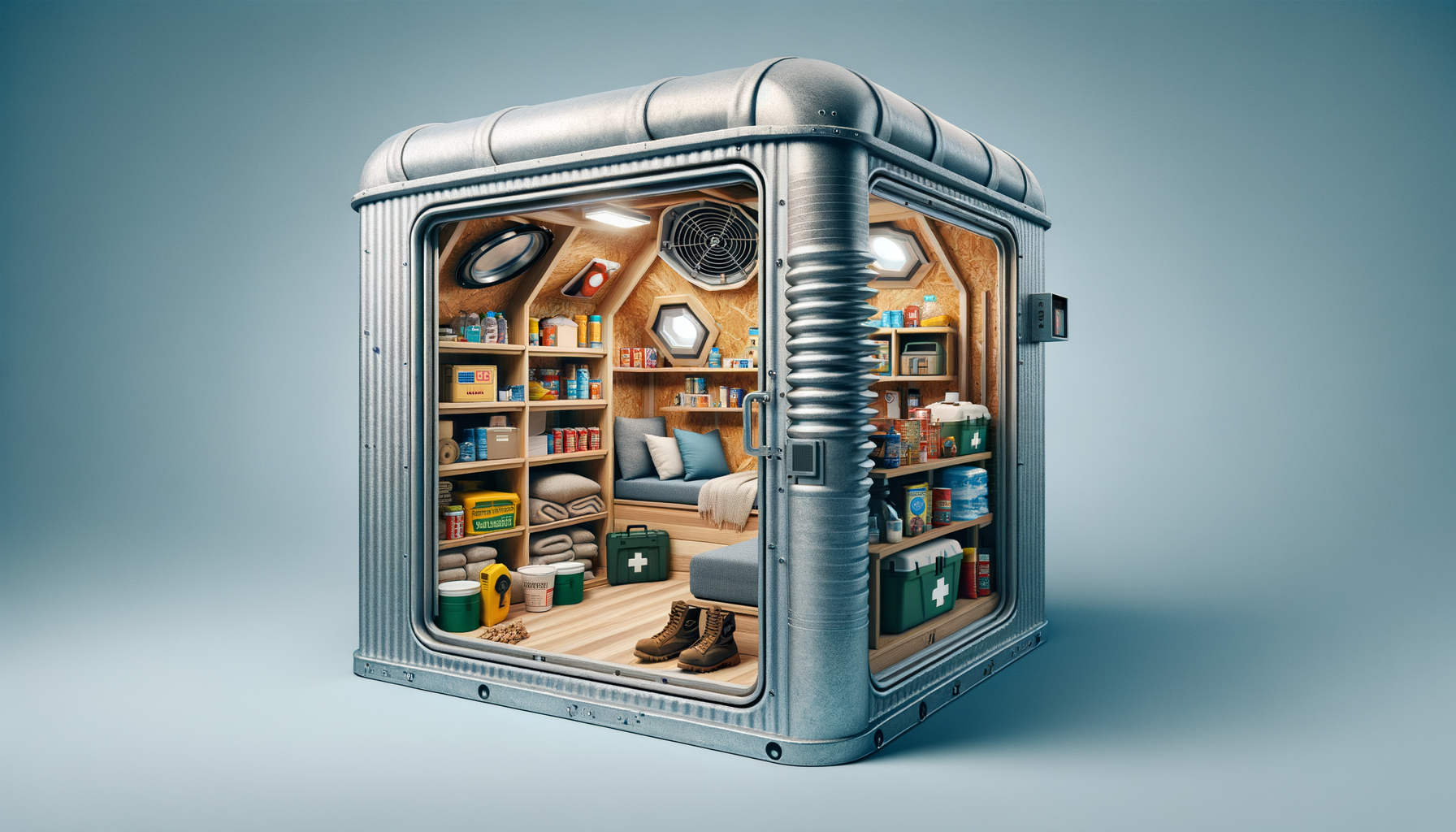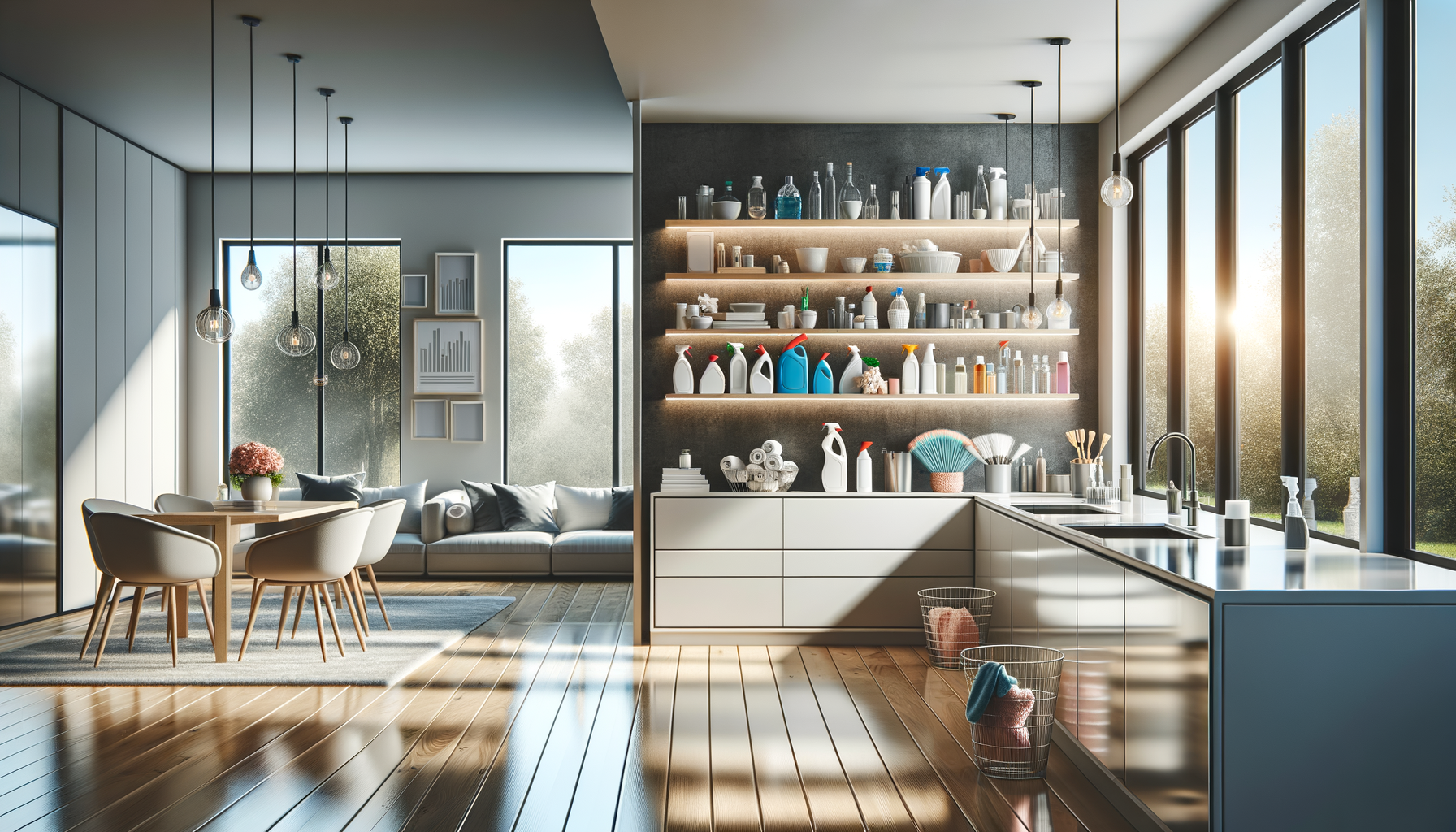Understanding the Need for Storm Shelters
Storm shelters have become an essential feature for many households, particularly in regions prone to severe weather conditions such as tornadoes and hurricanes. These shelters are designed to provide a safe haven during extreme weather events, protecting individuals from flying debris, high winds, and other dangers associated with severe storms. The need for storm shelters is underscored by statistics from the National Weather Service, which reports an average of over 1,000 tornadoes each year in the United States alone. This high frequency of severe weather events highlights the importance of having a reliable and accessible storm shelter.
In addition to offering physical protection, storm shelters contribute to peace of mind. Knowing that there is a secure place to go during a storm can significantly reduce anxiety and stress levels for families. Furthermore, having a storm shelter can increase the value of a property, as it is an attractive feature for potential buyers who prioritize safety and preparedness. Overall, the need for storm shelters is driven by both practical and emotional considerations, making them a valuable investment for many homeowners.
Types of Storm Shelters
There are several types of storm shelters available, each with its own set of features and benefits. The most common types include underground shelters, above-ground safe rooms, and community shelters. Understanding the differences between these options can help homeowners make an informed decision about which type of shelter best suits their needs.
Underground shelters are typically installed below ground level, providing a high level of protection against extreme weather conditions. These shelters are often constructed from reinforced concrete or steel and can be accessed via a hatch or door from the surface. One of the advantages of underground shelters is that they are less likely to be damaged by flying debris, making them a popular choice in tornado-prone areas.
Above-ground safe rooms, on the other hand, are built within the home or as a standalone structure. These rooms are designed to withstand high winds and flying debris, offering a convenient and accessible option for families. Safe rooms are often constructed from reinforced steel or concrete and can be customized to fit the specific needs of the household. They are particularly beneficial for individuals with mobility issues, as they eliminate the need to descend into an underground shelter.
Community shelters are larger facilities designed to accommodate multiple families or individuals. These shelters are often located in schools, churches, or other public buildings and provide a shared space for residents to seek refuge during a storm. Community shelters are an excellent option for those who do not have the means to install a personal shelter, offering a communal solution to storm safety.
Key Considerations When Choosing a Storm Shelter
When selecting a storm shelter, there are several key factors to consider to ensure that it meets the specific needs of your household. These considerations include location, size, material, and cost.
Location is crucial when choosing a storm shelter. It should be easily accessible from your home, allowing you to reach it quickly in the event of a storm. For underground shelters, consider the proximity to your house and the ease of entry. For above-ground safe rooms, think about the room’s location within the home and its accessibility for all family members.
Size is another important factor. The shelter should be large enough to accommodate all members of your household comfortably. Consider any additional space needed for pets or essential supplies such as water, food, and emergency kits. A cramped shelter can lead to discomfort during extended periods of use, so it’s essential to plan accordingly.
The material of the shelter is also critical, as it determines the level of protection it can provide. Reinforced steel and concrete are common materials used in storm shelters due to their durability and ability to withstand high winds and debris. Ensure that the shelter meets or exceeds local building codes and standards for storm protection.
Finally, consider the cost of the shelter. Prices can vary significantly based on the type, size, and materials used. While it’s important to find a shelter that fits your budget, prioritize safety and quality over cost. Investing in a high-quality storm shelter can provide long-term peace of mind and protection for your family.
Installation and Maintenance of Storm Shelters
Proper installation and maintenance are critical to ensuring the effectiveness of a storm shelter. A poorly installed shelter may not provide adequate protection during a severe weather event, so it’s essential to work with a reputable contractor or installer who has experience in storm shelter construction.
During the installation process, the contractor should adhere to local building codes and standards, ensuring that the shelter is securely anchored and capable of withstanding high winds and debris. For underground shelters, proper drainage and waterproofing are essential to prevent flooding and water damage. Above-ground safe rooms should be integrated into the home’s structure, providing a seamless and secure addition.
Once installed, regular maintenance is necessary to ensure the shelter remains in good condition. This includes inspecting the shelter for any signs of damage or wear, such as cracks, rust, or water intrusion. Doors and hatches should be checked regularly to ensure they open and close smoothly, and any seals or latches should be replaced if they show signs of deterioration.
Additionally, it’s important to keep the shelter stocked with essential supplies, such as water, non-perishable food, flashlights, and a first aid kit. Regularly updating these supplies ensures that they are fresh and ready for use in an emergency. By maintaining your storm shelter and keeping it well-stocked, you can ensure that it provides reliable protection for your family when it’s needed most.
Benefits of Investing in a Storm Shelter
Investing in a storm shelter offers numerous benefits, both tangible and intangible. One of the most significant advantages is the enhanced safety it provides for you and your family. In the event of a severe storm, having a secure place to seek refuge can be life-saving, protecting you from the dangers of high winds, flying debris, and structural damage.
In addition to safety, storm shelters can increase the value of your home. Potential buyers often view storm shelters as a desirable feature, particularly in areas prone to severe weather. This added value can make your property more attractive to buyers and potentially lead to a higher resale price.
Another benefit is the peace of mind that comes with knowing you are prepared for severe weather events. This peace of mind can reduce stress and anxiety, allowing you to focus on other important aspects of life. Furthermore, having a storm shelter can foster a sense of community, as neighbors may come together to support one another during storms and share resources.
Finally, investing in a storm shelter demonstrates a commitment to safety and preparedness. By taking proactive steps to protect your family and home, you set a positive example for others and contribute to a culture of resilience and readiness. Whether you choose an underground shelter, an above-ground safe room, or a community facility, the benefits of having a storm shelter are clear and compelling.




Leave a Reply